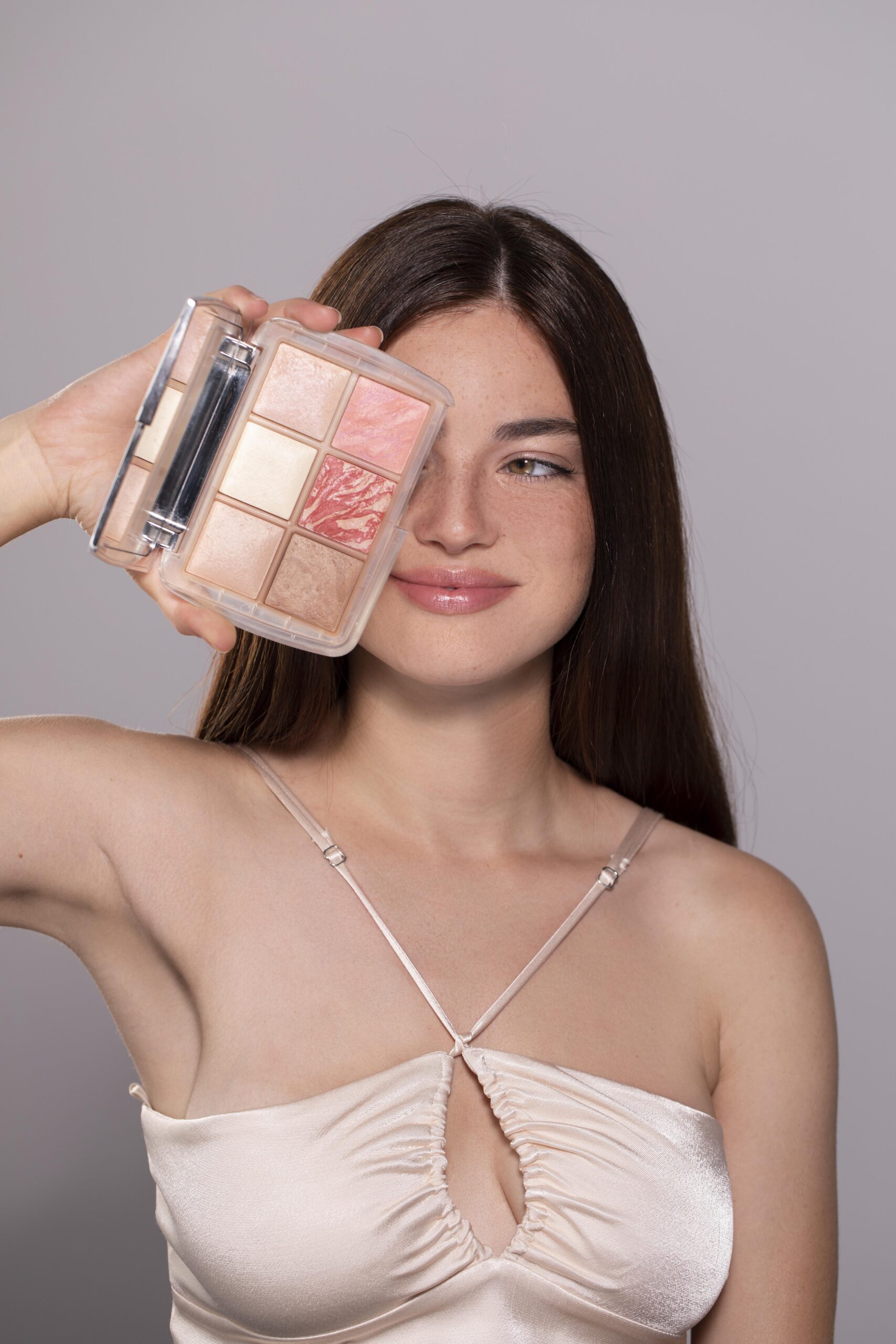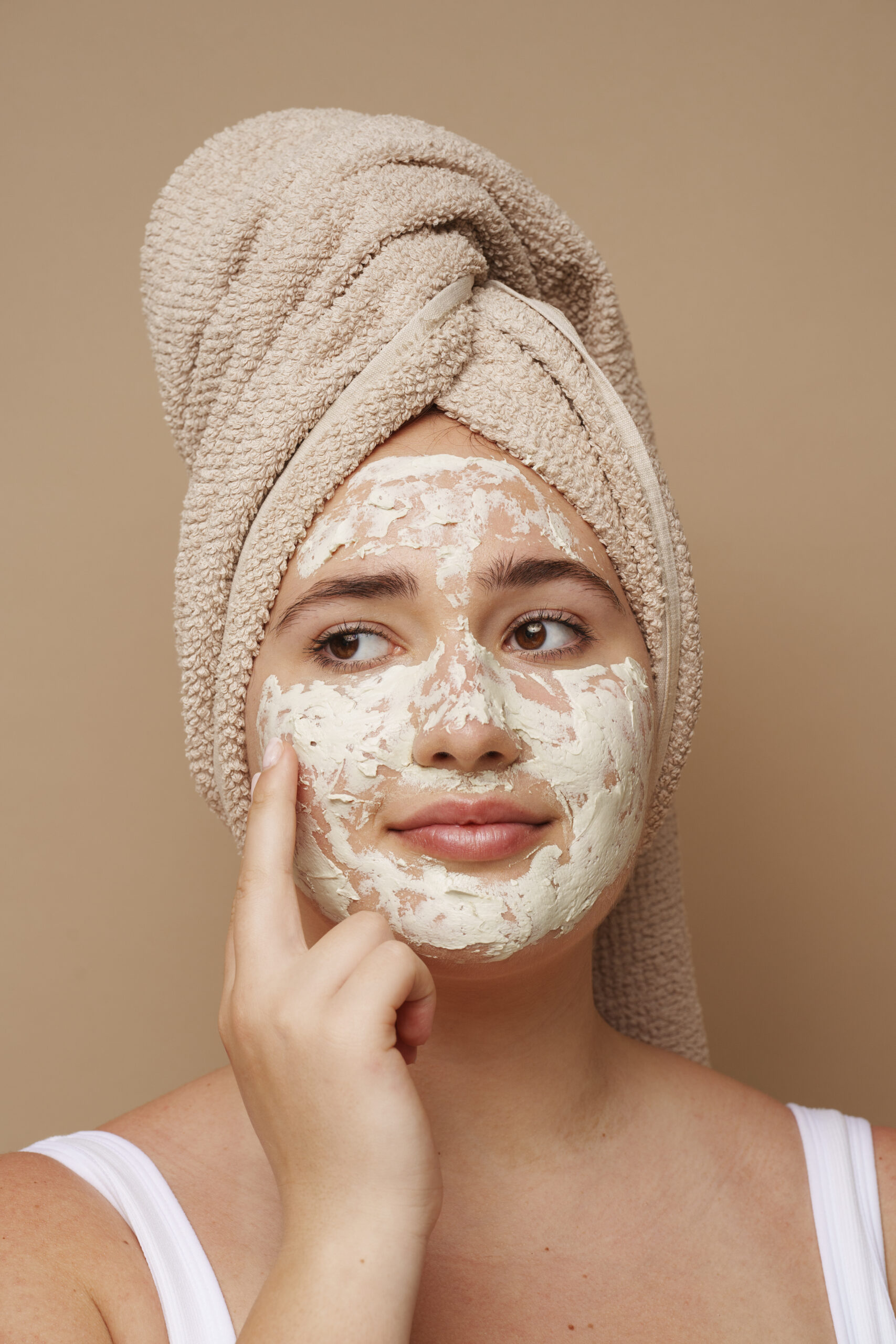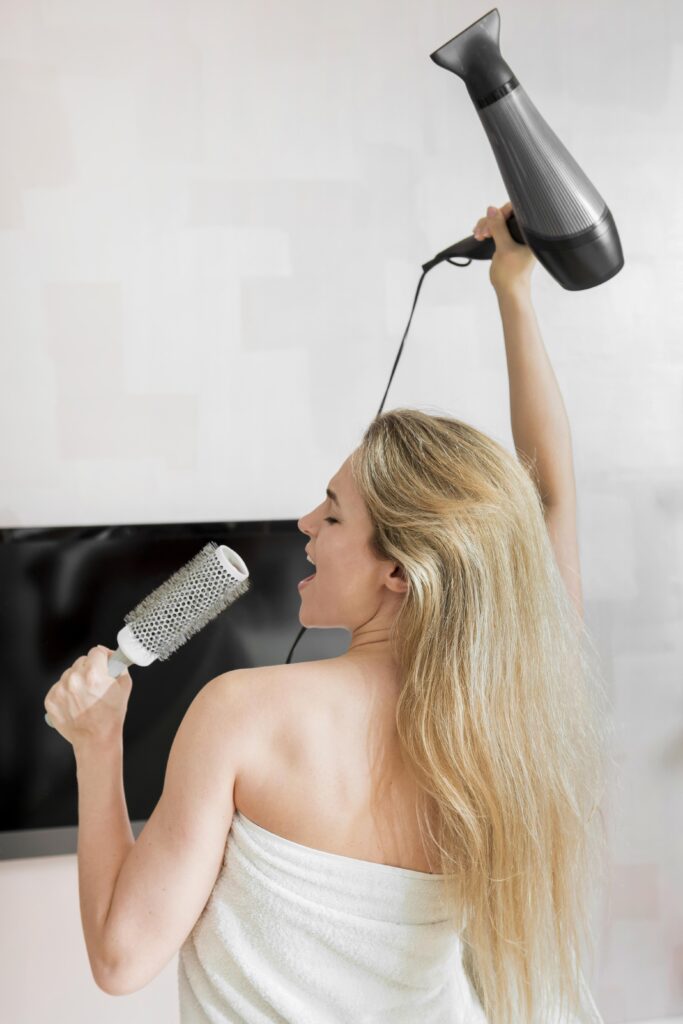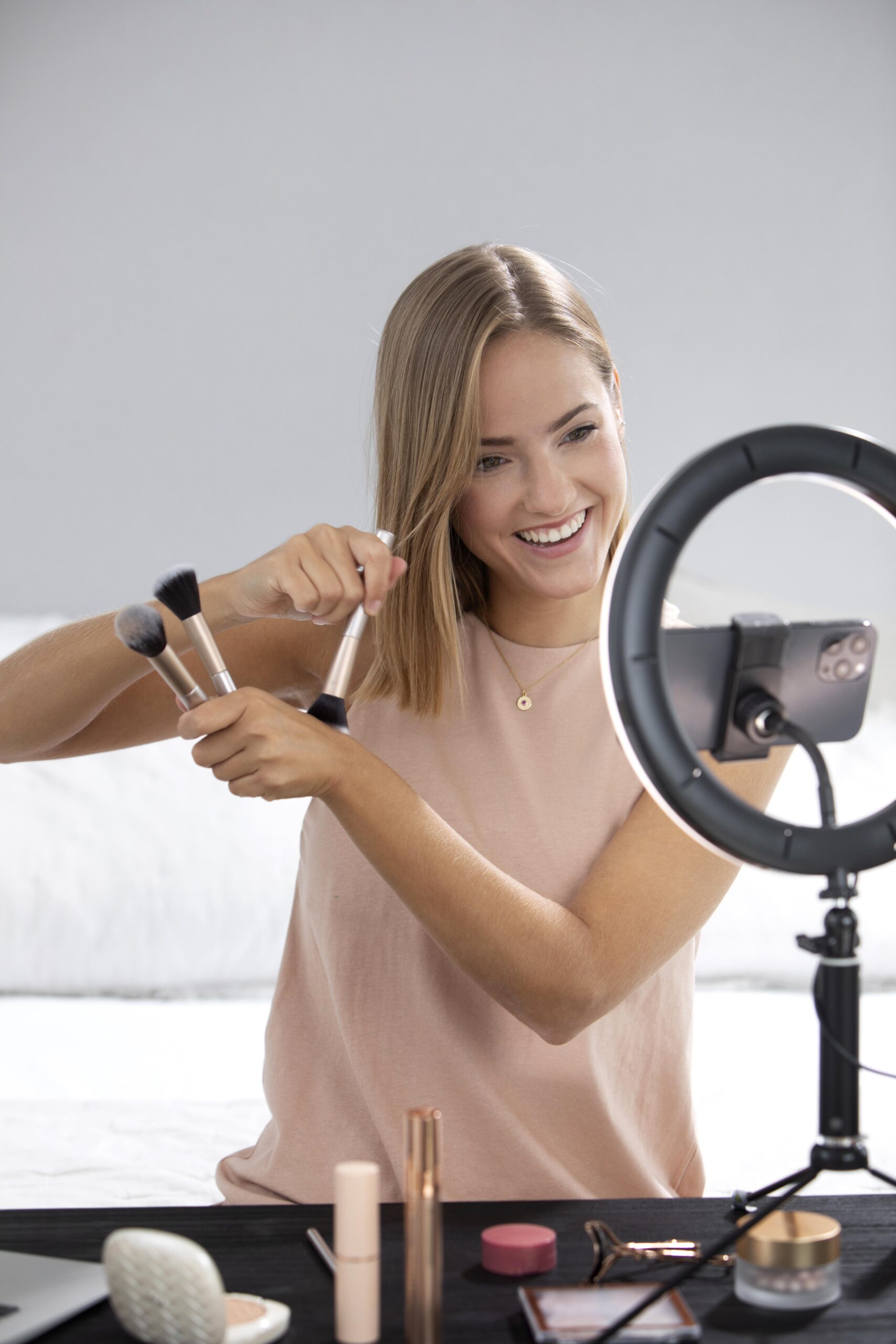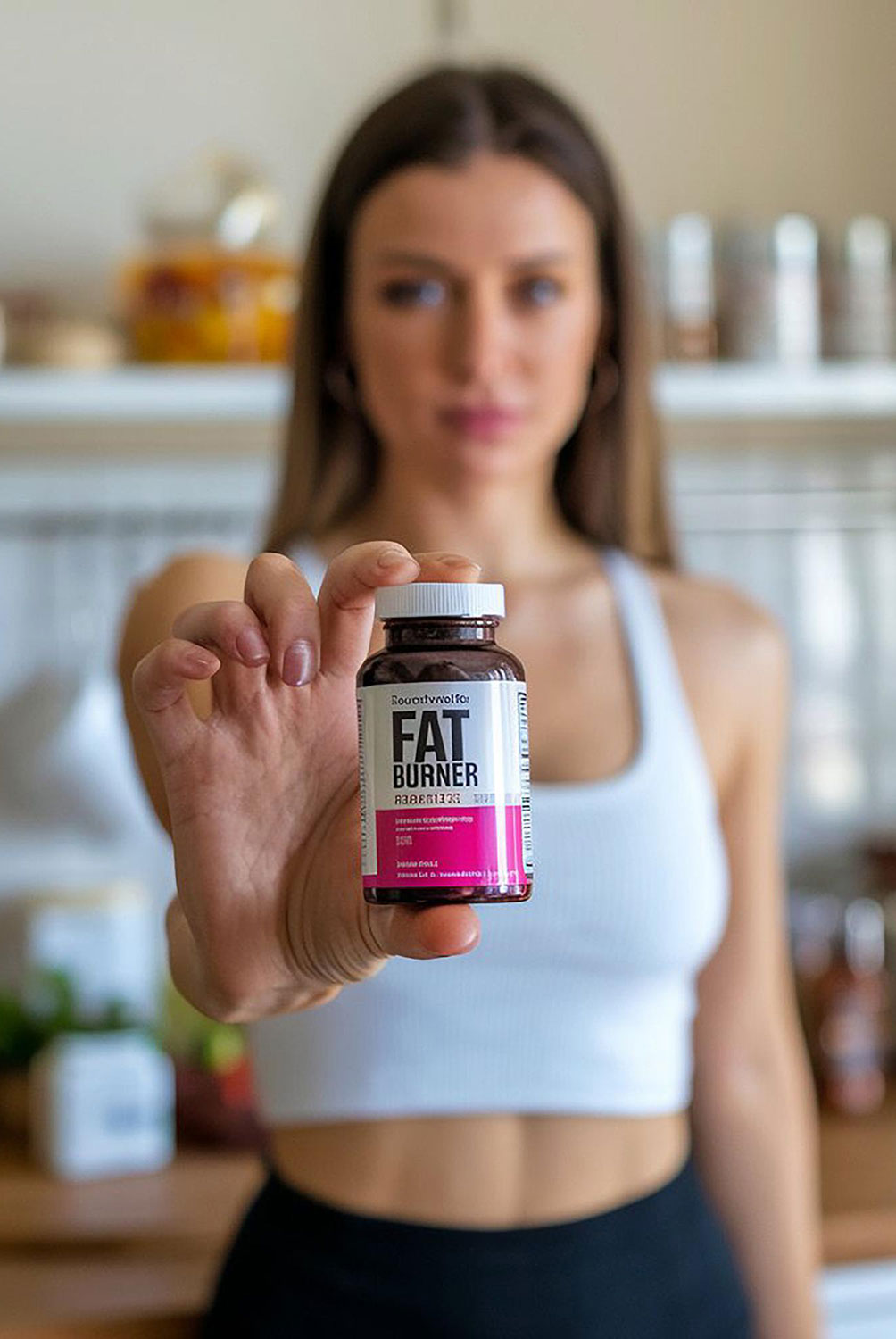The Best Deodorant on the Market
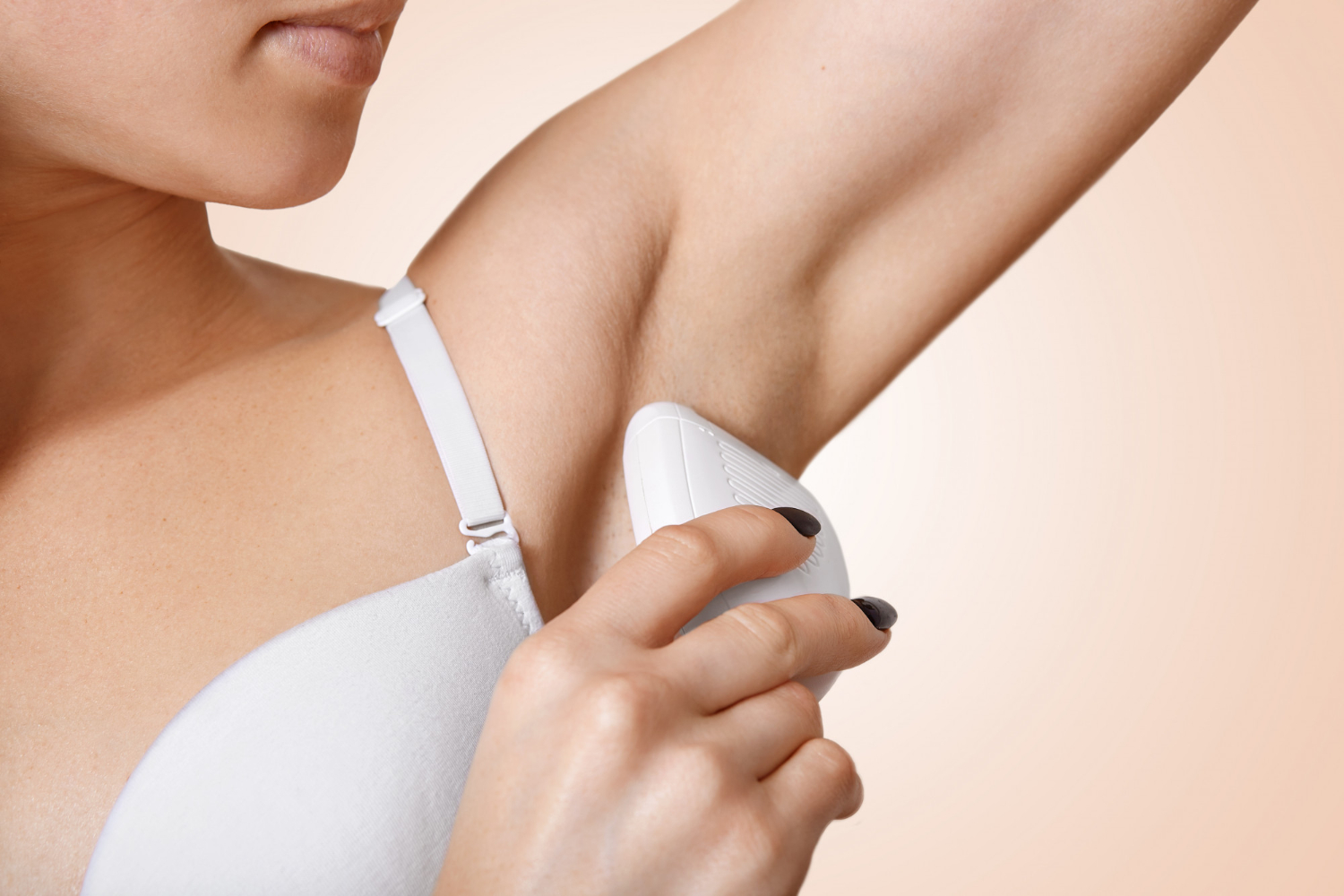
The Best Deodorant on the Market
Table of Contents
1.
The Best Deodorant on the Market
Choosing the right deodorant is a uniquely personal journey. It’s a fundamental part of our daily routine, a small act of self-care that has a significant impact on our comfort, confidence, and how we move through the world. A truly great deodorant works silently in the background, keeping you fresh and secure from your morning commute to your evening wind-down. But with an aisle full of sticks, sprays, gels, and creams, all promising long-lasting protection, finding “the one” can feel overwhelming.
This guide is designed to be your definitive resource. We will demystify the world of deodorants and antiperspirants, breaking down the different types, key ingredients, and exactly how they work. We’ll provide a clear framework for choosing the best product based on your skin type, sweat level, and lifestyle.
To make your choice even easier, we’ll recommend some of the top-rated products on the market, complete with detailed descriptions. Finally, we’ll cover application best practices and answer your most frequently asked questions.
Get ready to move beyond confusion and find the perfect deodorant that lets you live your life with unshakable confidence.
Understanding the Difference: Antiperspirant vs. Deodorant
Before diving into product types, it’s crucial to understand the fundamental difference between the two main categories of underarm protection. Though often used interchangeably, they perform very different functions.
Deodorants
A deodorant’s primary mission is to control odor. It doesn’t stop you from sweating; instead, it tackles the smell associated with sweat. It achieves this in two ways: by using antimicrobial agents to kill the odor-causing bacteria on your skin and by masking any remaining odor with a fragrance. If you don’t sweat excessively but are concerned about body odor, a deodorant is an excellent choice.
Antiperspirants
An antiperspirant’s goal is to reduce wetness by controlling sweat. The active ingredients, typically aluminum-based compounds, form temporary plugs in your sweat ducts, significantly decreasing the amount of sweat that reaches the skin’s surface. By reducing sweat, antiperspirants also indirectly help control odor, as there is less moisture for bacteria to break down. If your main concern is wetness and sweat patches on clothes, an antiperspirant is what you need.
Many products on the market are antiperspirant-deodorants, offering a two-in-one solution that controls both sweat and odor.
Finding Your Best Deodorant
The effectiveness of a deodorant can also depend on its format. Each type offers a different application experience and feel, making the choice a matter of personal preference.
Solid Stick Deodorants
This is the classic, most popular format. Solid sticks, which can be opaque white, clear, or soft-solids, offer a dry application feel and are easy to control. They are convenient for travel and provide a substantial layer of product for long-lasting protection.
Roll-On Deodorants
Roll-ons apply a thin layer of liquid deodorant to the skin via a rolling ball. They can feel wet upon application but dry down within a few minutes. They are known for providing precise coverage and are often available in gentle, alcohol-free formulas.
Gel & Cream Deodorants
Gels provide a cool, wet application that dries to a clear, protective film, making them excellent for avoiding white marks on clothing. Creams are typically very moisturizing and gentle, often applied with fingertips, making them a great choice for those with dry or easily irritated skin.
Spray Deodorants
Aerosol and pump sprays offer a quick, convenient, and refreshing application that dries almost instantly. They are great for a touch-free experience and can often be used on other parts of the body. Modern formulas are much better at controlling application and reducing cloudiness.
Natural Crystal & Wipe Deodorants
Crystal deodorants are made from mineral salts (potassium alum) that create a barrier against odor-causing bacteria when applied to damp skin. Deodorant wipes are single-use cloths pre-soaked in deodorant formula, perfect for freshening up on the go, at the gym, or during travel.
Key Ingredients: What’s Really in Your Deodorant?
Understanding the ingredient list can help you choose a product that is both effective and compatible with your skin and values.
Aluminum and Alcohol
As mentioned, aluminum compounds (like aluminum chlorohydrate or aluminum zirconium) are the active ingredients in antiperspirants that reduce sweat. Alcohol is often used in deodorants as an antimicrobial agent to kill odor-causing bacteria and to help the product dry faster. However, it can be drying or irritating for some skin types.
The Natural Alternatives: Plant-Based & Mineral Ingredients
Natural deodorants have gained immense popularity by using alternative ingredients to control odor. Common and effective natural ingredients include:
- Baking Soda & Magnesium Hydroxide: These alkaline ingredients help neutralize odor-causing bacteria.
- Arrowroot Powder & Cornstarch: These powders absorb moisture to help you feel drier.
- Coconut Oil & Shea Butter: These act as natural moisturizers and have antimicrobial properties.
- Essential Oils (e.g., Tea Tree, Lavender, Sandalwood): These provide natural fragrance and have antibacterial benefits.
Other Common Ingredients
Many deodorants also include fragrance for scent and moisturizers like glycerin or seed oils to condition the skin and prevent the dryness that can be caused by other ingredients.
Further Reading: In-Depth Educational Topics

To deepen your understanding of how deodorants work and how to get the most out of them, consider these in-depth educational topics. Each explores a common question or challenge related to deodorant and antiperspirant use.
1. Deodorant vs. Antiperspirant: Which One Do You Really Need?
A deeper dive into the science of how deodorants combat odor-causing bacteria versus how antiperspirants block sweat. This topic helps you choose the right product for specific situations, such as office work, intense exercise, or stress-induced sweating.
2. The “Deodorant Detox” Explained: What’s Really Happening?
An exploration of the common user experience when switching from an aluminum-based antiperspirant to a natural deodorant. This topic separates myth from reality, explains the body’s natural adjustment period, and provides practical tips for managing odor and wetness during the transition.
3. Application Mastery: Advanced Techniques for Maximum Effectiveness
Moving beyond the basics, this topic covers advanced tips like the science behind why applying antiperspirants at night is more effective, how to properly prep the skin for better absorption, and how to avoid common mistakes that reduce a product’s efficacy.
4. A Guide for Sensitive Skin: How to Prevent Deodorant Rashes and Irritation
A detailed guide identifying common irritants in deodorants (such as fragrance, alcohol, or baking soda), how to properly perform a patch test before using a new product, and what steps to take to soothe skin if a reaction occurs.
5. The Art of Stain Prevention: Tackling Yellow Stains and White Marks
This topic addresses the chemistry behind deodorant stains—why aluminum can cause yellowing on fabric and how product residue leaves white marks. It provides actionable, step-by-step instructions for both preventing and removing these stubborn stains from clothing.
6. The Science of Sweat: Understanding Body Odor to Make Better Choices
An educational look at the different types of sweat glands (eccrine and apocrine), the specific role of skin bacteria in creating odor, and how factors like diet and stress can influence your personal scent. This knowledge empowers users to develop a more effective odor-control strategy.
7. Beyond the Underarms: Using Deodorant on Other Body Parts
A practical and safety-focused guide on the increasingly common practice of using deodorant on other areas like feet, under the breasts, or on inner thighs. This topic would cover which types of products are safer for this purpose and what precautions are necessary.
Assessing Your Sweat and Odor Level
Be honest with yourself. Are you a light sweater primarily concerned with odor? A standard deodorant will likely suffice. Do you experience significant wetness throughout the day? An antiperspirant or a stronger clinical-strength product is your best bet.
Considering Your Skin Type
If you have sensitive skin that is prone to rashes, itching, or redness, you should prioritize gentle formulas. Look for products that are labeled “for sensitive skin,” are free of alcohol and potential allergens like heavy fragrances, and perhaps contain soothing ingredients like aloe or vitamin E. Natural deodorants can be a great option, though some people find baking soda irritating.
Lifestyle and Activity Level
A person with a sedentary office job has different needs than a construction worker or a marathon runner. If you lead an active lifestyle or live in a hot, humid climate, look for products offering long-lasting protection (e.g., 48-hour or 72-hour) or those specifically marketed as “sport” or “clinical strength.”
Scent Preferences: Scented vs. Unscented
This is purely personal. Some people love a fresh, clean scent, while others prefer an unscented formula that won’t compete with their cologne or perfume. If you have sensitive skin, unscented is often the safer choice, as fragrances can be a common source of irritation.
Top Deodorant Picks of 2025: Tried and Trusted
To simplify your search, here are five highly-rated products from reputable brands, each excelling in a different category.
For All-Around Antiperspirant Protection
Dove Advanced Care Antiperspirant Deodorant
This product line is a drugstore hero for a reason. It consistently delivers effective 48-hour protection against both sweat and odor while being exceptionally gentle on the skin. Formulated with Dove’s signature ¼ moisturizers, it helps underarm skin recover from the irritation that shaving can cause, leaving it feeling soft and smooth. It comes in a wide variety of pleasant, subtle scents, making it a reliable choice for daily use.
For Powerful Natural Odor Control
Schmidt’s Natural Deodorant
Schmidt’s has become a leader in the natural deodorant space by creating formulas that genuinely work. Using ingredients like magnesium hydroxide and activated charcoal, it effectively neutralizes odor for hours. The texture is a bit firmer than conventional sticks but applies smoothly. With an impressive range of unique and sophisticated scents derived from essential oils (like Lavender + Sage or Sandalwood + Citrus), it proves that natural can be powerful.
For the Minimalist with Sensitive Skin
Native Deodorant
Native built its brand on transparency and simple, effective ingredients. This deodorant is free of aluminum, parabens, and sulfates, making it a favorite among those with sensitive skin and a preference for cleaner products. It uses baking soda and tapioca starch to control odor and wetness, and comes in a huge assortment of scents, including seasonal limited editions and a popular unscented version. The minimalist packaging and straightforward approach appeal to many.
For a Refreshing, Aluminum-Free Spray
Aesop Deodorant Spray
For those who prefer a spray format and a touch of luxury, Aesop’s Deodorant Spray is an exceptional choice. It’s an aluminum-free mist that utilizes a clever blend of 11 essential oils, including Vetiver Root, Coriander Seed, and Patchouli, which have antibacterial properties to prevent body odor from developing. The scent is herbaceous, woody, and sophisticated, making it a truly unisex product that feels more like a fine body spray than a simple deodorant.
For an Affordable and Effective Natural Option
Arm & Hammer Essentials Natural Deodorant
Leveraging the well-known odor-neutralizing power of baking soda, this deodorant offers excellent performance at a very accessible price point. It’s free from aluminum, parabens, and phthalates, and uses natural plant extracts to help absorb moisture. It’s a no-frills, get-the-job-done natural deodorant that has earned a loyal following for its reliability and value.
Application Mastery: Tips for Maximum Effectiveness
How you apply your deodorant can make a big difference in its performance.
- Start with Clean, Dry Skin: For best results, apply deodorant after you shower, once your skin is completely dry. Applying to damp skin can dilute the formula and reduce its effectiveness.
- Apply a Thin, Even Layer: Don’t overdo it. Two to three swipes with a stick deodorant or a thin, even layer of a roll-on is sufficient for each underarm.
- Let It Dry: Give your deodorant a minute or two to dry completely before getting dressed. This helps prevent white marks on your clothes and ensures the product has set on your skin.
- Consider Nighttime Application for Antiperspirants: Antiperspirants are often most effective when applied at night. Your sweat glands are less active and your skin temperature is lower, allowing the formula to form a stronger plug in your sweat ducts, providing robust protection that lasts through the next day.
Frequently Asked Questions (FAQ)
Q1: What is the main difference between an antiperspirant and a deodorant?
A1: The difference is in their primary function. Deodorants work by targeting and neutralizing the bacteria on your skin that cause body odor. They prevent the smell, but they don’t stop you from sweating. Antiperspirants work by temporarily blocking your sweat glands (usually with aluminum-based compounds) to reduce the amount of sweat you produce. Many products are a combination of both.
Q2: Are natural deodorants as effective as traditional ones?
A2: Natural deodorants can be very effective at neutralizing odor, but they work differently. They don’t stop sweat like an antiperspirant does. Instead, they use ingredients like baking soda or magnesium to combat odor-causing bacteria. There might be an adjustment period when you switch, but many users find them highly effective for odor control.
Q3: How can I prevent deodorant from leaving white marks on my clothes?
A3: White marks are usually caused by applying too much product or not allowing it to dry completely. Apply a thin, even layer, and wait a few minutes for it to dry before dressing. You can also look for clear gel or spray formulas specifically marketed as “anti-white marks.”
Q4: Can I apply deodorant immediately after shaving?
A4: It’s best to wait a little while. Shaving can create microscopic cuts and cause irritation. Applying deodorant, especially formulas with alcohol or fragrance, right after can cause stinging and redness. If you must, use a gentle, alcohol-free formula designed for sensitive skin.
Q5: Are the aluminum compounds in antiperspirants harmful?
A5: This has been a topic of much debate. Major health organizations like the American Cancer Society and the National Cancer Institute have stated there is no conclusive scientific evidence linking the use of aluminum-in antiperspirants to an increased risk of breast cancer. While some people prefer to avoid aluminum for personal reasons, the current scientific consensus does not support the claim that it is harmful in the amounts used in these products.
Conclusion: Your Path to Lasting Confidence
The journey to finding the best deodorant is one of self-knowledge. By understanding your body’s unique needs, decoding the different product types, and paying attention to ingredients, you can confidently navigate the crowded market. Whether you choose a powerful antiperspirant for maximum dryness, a luxurious spray for a sensory experience, or a gentle natural deodorant that aligns with your wellness philosophy, there is a perfect option out there for you.
Use this guide as your roadmap. Experiment, be patient, and don’t be afraid to switch things up if your needs change. The right deodorant is more than just a product; it’s a reliable partner that helps you feel fresh, comfortable, and ready to take on the day, whatever it may bring.


